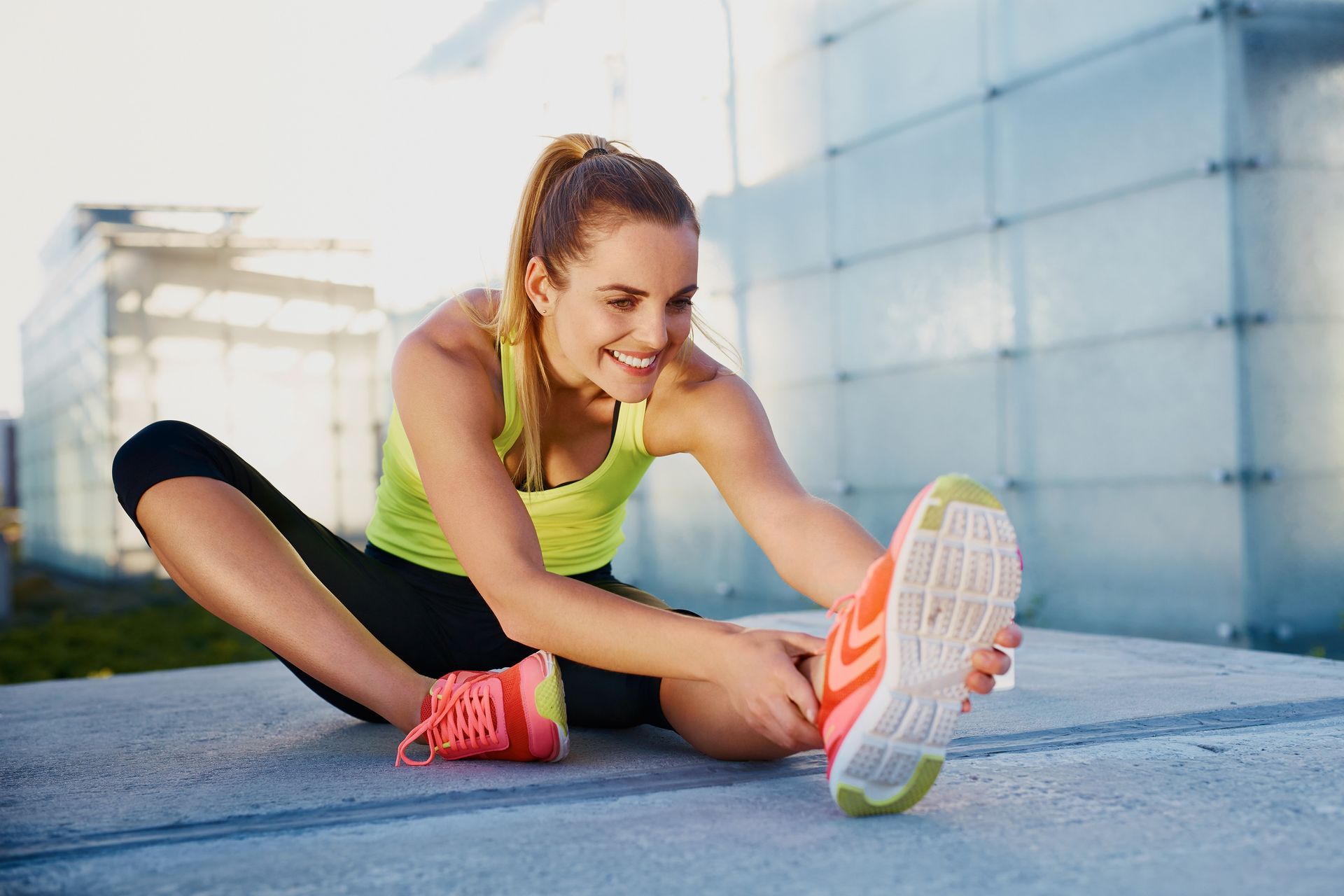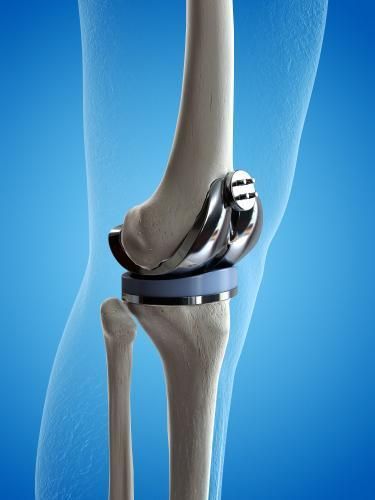Central Sensitisation and Exercise
What is Central Sensitisation?
Central sensitisation (CS) is a condition of the nervous system that is associated with the development and maintenance of chronic pain. CS can present as pain away from the site of injury, widespread and referred pain, pain that can come and go, pain from non-painful stimuli and mechanical allodynia (pain from stimuli that is not normally painful). Accumulating research suggests that CS is also driven by neuroinflammation in the nervous systems. Neuroinflammation can result from major surgeries, drug treatments, autoimmune disease, and other pain related conditions or injuries. Neuroinflammation can also result in adverse effects, such as chronic pain and neurodegenerative diseases including Alzheimer’s disease, Parkinson’s disease, multiple sclerosis and stroke.
The Role of Exercise in Central Sensitisation:
Exercise plays a big part in improving CS. Regular physical activity can help reduce pain sensitivity and regulate the stress response of the body. It has an expansive influence on peripheral health and function, and by activating the relevant neural pathways, exercise also improves numerous disorders of the central nervous system. Plus, exercise can improve sleep quality, mood and overall well-being, all of which can have a positive impact on CS. Introducing exercise to someone with CS requires a gradual and individualised approach. Starting with lower impact activities such as walking, swimming and yoga can avoid triggering pain or discomfort. The intensity and duration can be gradually increased, and exercise consistency is key.
Inter-Limb Strength Transfer, a Fascinating Concept!
When you train or exercise one side of your body, such as your non-dominant hand or leg, there can be a transfer of skills and strength to the opposite side to a degree. This means that even though you're focusing on one side, the benefits can extend to the other side as well. For an individual with CS that affects one limb or part of the body, the concept of working on your un-affected side, can actually improve strength and coordination in the affected side and reduce the decree of atrophy in inactive muscles. This effect has the strongest evidence when completing 3-5 sets of 8-15 repetitions of eccentric contractions with rest times of 1-2 minutes between sets.
References:
- Ru-Rong Ji, Andrea Nackley, Yul Huh, Niccolò Terrando, and William Maixner (2018) Neuroinflammation and central sensitization in chronic and widespread pain.
- Rafel Cirer-Sastre, Jose V Beltrán-Garrido, Francisco Corbi (2017) Contralateral effects of unilateral strength training: a meta-analysis comparing training loads.
- Jadwiga N Bilchak, Guillaume Caron, Marie-Pascale Côté (2021) Exercise-Induced Plasticity in Signalling Pathways Involved in Motor Recovery after Spinal Cord Injury




